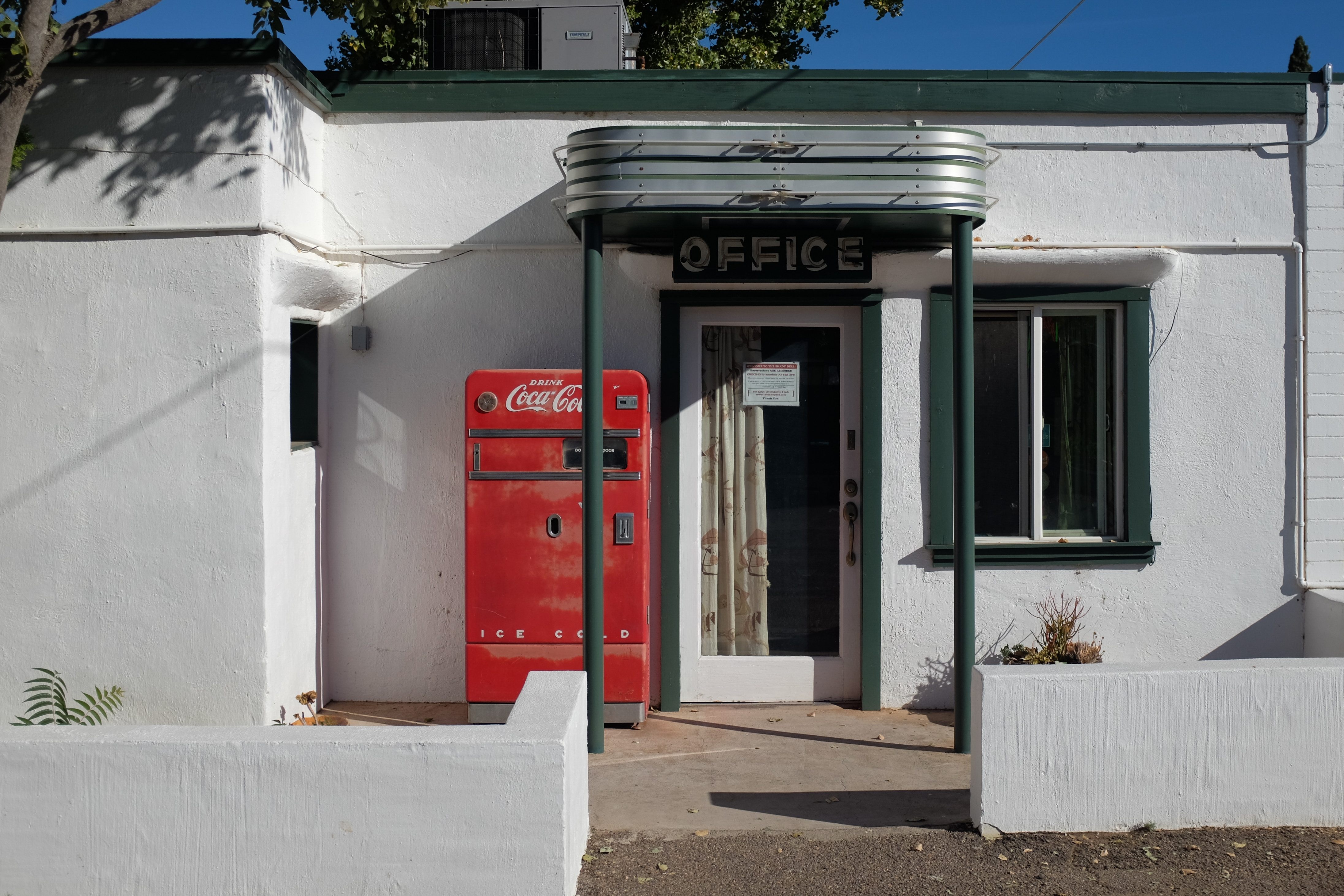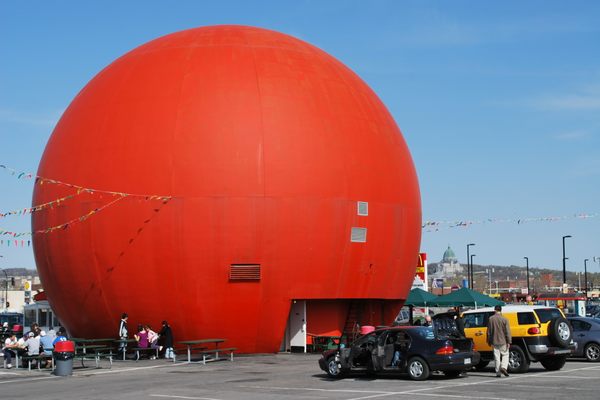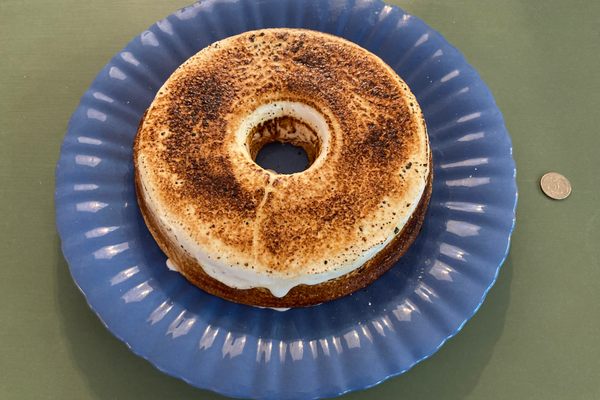Vending Machines in the U.S. Once Dispensed More Than Chips and Cookies
Where did the pie and hot dogs go?

It’s 4 p.m. at work, and your stomach is rumbling. It’s too early for dinner, and too late to justify a trip to the corner store for a snack. So you rustle around your pockets for change and head to the vending machine. What’ll it be today? Doritos, a Coke, or perhaps a package of Famous Amos chocolate chip cookies?
The choices contained within a vending machine didn’t used to be as predictable. In the early- to mid-20th century, vending machines in the United States and Europe dispensed myriad treats and trinkets. Americans in the ‘40s, for instance, could get a fully cooked hot dog from a vending machine known as a “Speedy Weeny.” Machines in the United Kingdom dispensed hearty fare, such as potatoes and eggs, in the 1960s. Models in Germany provided clocks. Flight insurance became so popular in the United States that airports installed vending machines where people could purchase it ahead of their trips.
Unique vending machines aren’t just something of yesteryear. In Japan, vending machines dispense everything from lobsters to amulets (at Buddhist temples). At the Moscow airport, a vending machine will give you caviar.
But while the United States is a world leader in sheer numbers of vending machines, their respective uniqueness has declined. Since Polyvend introduced the glass-front snack machine in 1972, vending machines have been home primarily to a predictable lineup of sweet and salty snacks, with notable exceptions such as the Tombstone’s deep dish pizza dispenser.
It’s curious that you can find roughly the same contents in American vending machines, whether you’re at an office building in Portland or a mall in Port Arthur. In fact, in 2014, the Center for Science in the Public Interest (CSPI) found that chips, candy, and sweet baked goods constituted over 80 percent of vending machines’ contents on United States public property (which includes places such as parks, libraries, public hospitals, and rest stops). In health-conscious cities such as Washington, D.C., meanwhile, vending machines haven’t started spouting organic fare, and it’s rare to find local foods.

Why is this the case? Consumer demand for salty and sugary fast food has likely led to junk food dominating American vending machines. Confections, candy, snacks, and energy drinks also offer the most revenue for vending machine operators over any other offerings in the glass case.
The uniformity may also be meant to offer a sense of familiarity. This is the same strategy fast food restaurants used to evolve into empires in the 20th century, too. “The key to a successful franchise, according to many texts on the subject, can be expressed in one word: uniformity,” writes Eric Schlosser, author of Fast Food Nation: The Dark Side of the All-American Meal. “Franchises and chain stores strive to offer exactly the same product or service at numerous locations. Customers are drawn to familiar brands by an instinct to avoid the unknown. A brand offers a feeling of reassurance when its products are always and everywhere the same.”
The tides may be turning away from just cheese puffs, though. According to a 2016 State of the Vending Industry report, “consumers are moving towards certain types of healthier snacks and alternative options.” This recalls a recent controversy over whether schools should stock junk food in vending machines, which led the USDA to announce, in 2013, a planned ban of unhealthy foods from elementary and high-school vending machines.

The question of offering a greater variety of snacks in U.S. vending machine depends on demand, technological advances in refrigeration and stocking, cultural standards, and economics. Still, as The Washington Post notes, selling produce in vending machines is financially unviable and challenging (fruit and vegetables are less shelf-stable than a bag of chips). But if Chinese companies can dispense hot French fries at the touch of a button, it’s not outside the realm of possibility for, say, macaroni and cheese to appear in vending machines in the U.S. It’d break up the monotony of the late afternoon Lay’s and Fanta break, at least.
Help us figure out when, and why, vending machines in the United States began stocking similar snacks. Send these musings to us, along with any procedural comments, at paula.mejia@atlasobscura.com.
Gastro Obscura covers the world’s most wondrous food and drink.
Sign up for our regular newsletter.




























Follow us on Twitter to get the latest on the world's hidden wonders.
Like us on Facebook to get the latest on the world's hidden wonders.
Follow us on Twitter Like us on Facebook